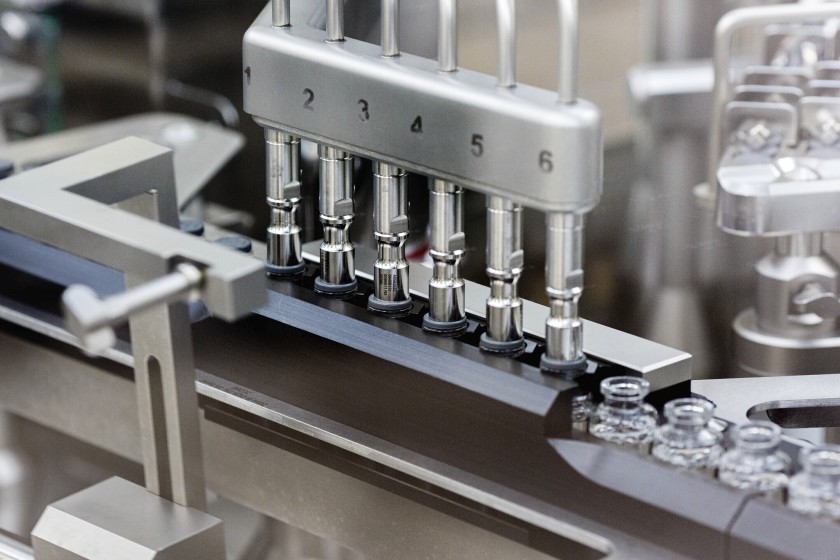Daily Business Report-Sept. 12, 2016
Fleet Week Dive
Lt. Cmdr. Mike Dalrymple, an explosive ordnance disposal diver, interacts with the public during a dive at the Birch Aquarium during San Diego Fleet Week 2016. Fleet week offers the public an opportunity to meet sailors, marines, and members of the Coast Guard and gain a better understanding of the sea services. (U.S. Navy photo by Mass Communication Specialist 2nd Class Nolan Kahn)
For a schedule of other Fleet Week activities, click here
______________________________________
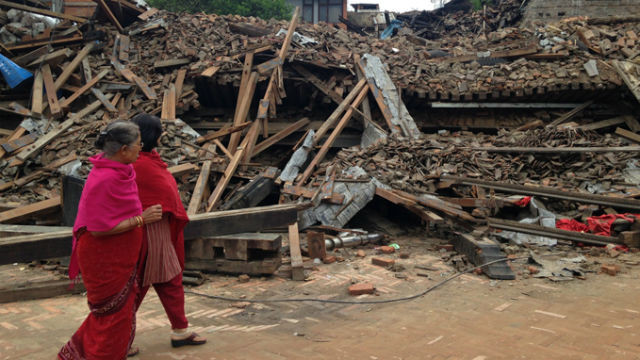
Study Finds Earthquakes
Can Trigger Near-Instantaneous
Aftershocks on Different Faults
According to a new study by scientists at Scripps Institution of Oceanography at UC San Diego, a large earthquake on one fault can trigger large aftershocks on separate faults within just a few minutes. These findings have important implications for earthquake hazard prone regions like California where ruptures on complex fault systems may cascade and lead to mega-earthquakes.
In the study, published in the Sept. 9 issue of the journal Science, Scripps geophysicist Peter Shearer and Scripps graduate student Wenyuan Fan discovered 48 previously unidentified large aftershocks from 2004 to 2015 that occurred within seconds to minutes after magnitude 7 to 8 earthquakes on faults adjacent to the mainshock ruptures.
In one instance along the Sundra arc subduction zone, where the magnitude 9 Sumatra-Andaman mega-earthquake occurred off the coast of Indonesia in 2004, a magnitude 7 quake triggered two large aftershocks over 200 kilometers (124 miles) away. These aftershocks miles away reveal that stress can be transferred almost instantaneously by the passing seismic waves from one fault to another within the earthquake fault system.
“The results are particularly important because of their seismic hazard implications for complex fault systems, like California,” said Fan, the lead author of the study. “By studying this type of triggering, we might be able to forecast hosting faults for large earthquakes.”
Large earthquakes often cause aftershock sequences that can last for months. Scientists generally believe that most aftershocks are triggered by stress changes caused by the permanent movement of the fault during the main seismic event, and mainly occur near the mainshock rupture where these stress changes are largest. The new findings show that large early aftershocks can also be triggered by seismic wave transients, where the locations of the main quake and the aftershock may not be directly connected.
“Multiple fault system interactions are not fully considered in seismic hazard analyses, and this study might motivate future modeling efforts to account for these effects,” said Shearer, the senior author of the study.
The National Science Foundation funded the study.
______________________________________
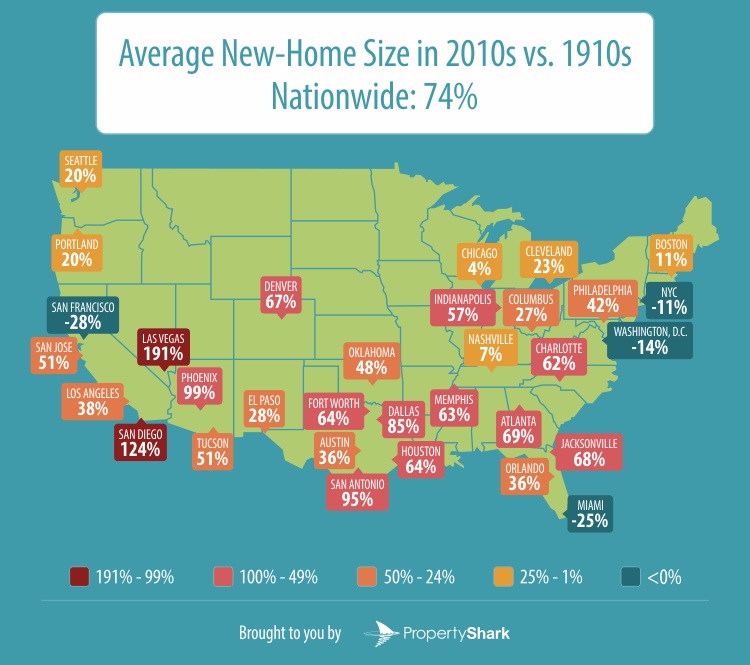
San Diego’s New Homes Are
Among the largest Nationwide
Times of San Diego
San Diego has among the most expensive real estate in the country, but it’s also building some of the largest new homes of any major city.
A new study by PropertyShark.com finds that the average home built in San Diego since 2010 has 2,417 square feet of living space, sixth highest among the 32 largest cities and double the average size of new homes in Miami, San Francisco and Boston.
In fact, San Diego homes being built now are 124 percent bigger than they were a century ago, an increase exceeded only by Las Vegas.
“The average size of homes, by which we mean houses, condos and co-ops, has gone up significantly across America, with Las Vegas and San Diego leading the pack in terms of growth,” the real estate information service wrote.
At the start of last century, the average San Diego home was a little over 1,000 square feet.
Still, new homes in San Diego and most other large cities are smaller than the national average of 2,430 square feet, which reflects many smaller cities and rural areas. Only Dallas, Nashville, San Antonio and Orlando are building bigger homes than the national average.
Click here to read more about this at PropertyShark.com
______________________________________
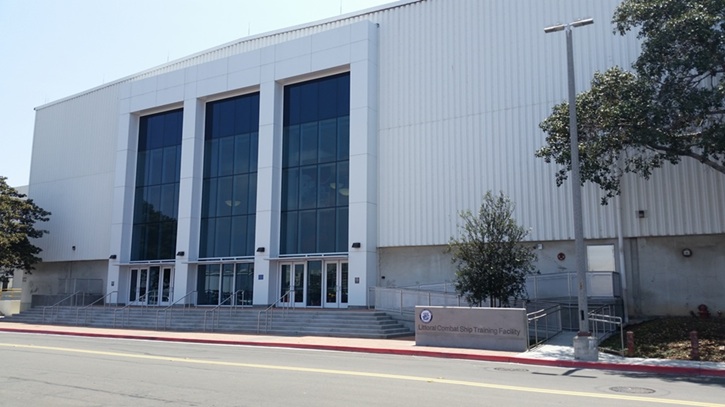
Littoral Combat Ship Training
Facility Ribbon Cutting Sept. 22
The Center for Surface Combat Systems will host a Sept. 22 formal ribbon cutting ceremony for the new Littoral Combat Ship Training Facility at 10:30 a.m. outside Building 3304 at Naval Base San Diego.
The new 148,000-square-foot facility will have revolutionary training systems to qualify and certify LCS combat crews with multiple LCS-1 and LCS-2 high-fidelity integrated simulators and virtual reality labs to provide an operational equivalent of the systems aboard LCS combatants.
LCS students will immerse themselves into a virtual reality world as an avatar to learn operations and maintenance tasks to meet Train to Qualify and Train to Certify requirements.
The new facility will also house two full-scale Mission Bay Trainers, one for each LCS ship variant. The MBT will provide an opportunity for realistic, hands-on training for both LCS core crew and mission package sailors involving deck and mission package evolutions to include the launch, handling, and recovery systems mission vehicles.
The ribbon cutting will include tours of the new facility.
______________________________________
Breakdowns Prompt Big Changes
In Navy’s Littoral Combat Ship Program
Times of San Diego
The Navy will change the way it trains and crews the new littoral combat ships, and will divide the two types of the 40-ship class between San Diego and Mayport, Fla. The changes were announced last weel after a series of technical and training mishaps had caused breakdowns while the new ships are underway.
The Navy said it would move to a blue/gold crew system similar to what it uses for ballistic missile submarines. All Independence-variant trimaran-hull ships will be based in San Diego, and all Freedom-variant single-hull ships will go to Mayport.
The first two ships of each type — the Freedom, Independence, Fort Worth and the Coronado — will be used as training vessels but could be deployed if necessary. All four are currently assigned to San Diego.
The Navy said the changes “will simplify crewing, stabilize testing and increase overseas deployment presence availability.” Over time, the ships would be organized into four-ship divisions concentrating on a single task — either surface warfare, mine warfare or anti-submarine warfare.
While a total of 40 ships have been approved for the program, the Navy wants to eventually build 52.
______________________________________
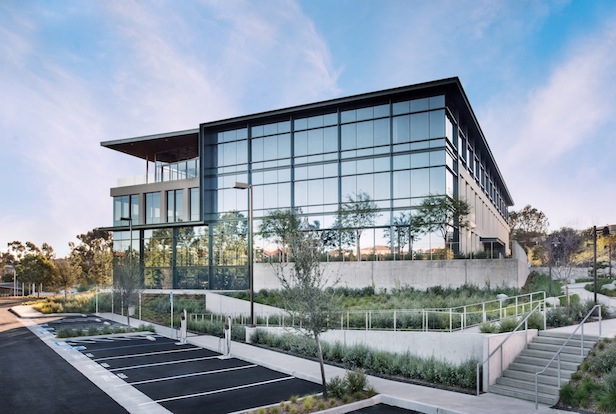
Seismic Moves into New
Headquarters in Del Mar Heights
Seismic announced that it has moved into new headquarters in leased offices at The Heights campus in Del Mar Heights and that it is hiring for a host of positions.
Totaling 25,000 square feet, the new headquarters will continue to house much of the company’s engineering, administrative, and customer success departments. The company previously was in Solana Beach.
“Looking at our aggressive hiring forecast for the next 12 months, it became apparent that ensuring we remain one of the best places to work in the San Diego area would require additional office space,” said Doug Winter, CEO and co-founder at Seismic. “With this in mind, we are excited to take occupancy at The Heights.”
The relocation follows a recent $40 million round of funding for Seismic led by General Atlantic and three consecutive years of triple digit growth, a number they are forecasting to attain once again in 2016.
Cushman & Wakefield’s San Diego offices handled both sides of the transaction, with Todd Murphy representing Seismic and Brett Ward and Michael Cassolato representing the landlord, Kilroy Realty Corporation.
Positions Seismic is hiring for include business intelligence developer, NET software engineer and DevOps engineer. For a full list of open positions, click here
Seismic has 50 employees in San Diego and 200+ worldwide.


